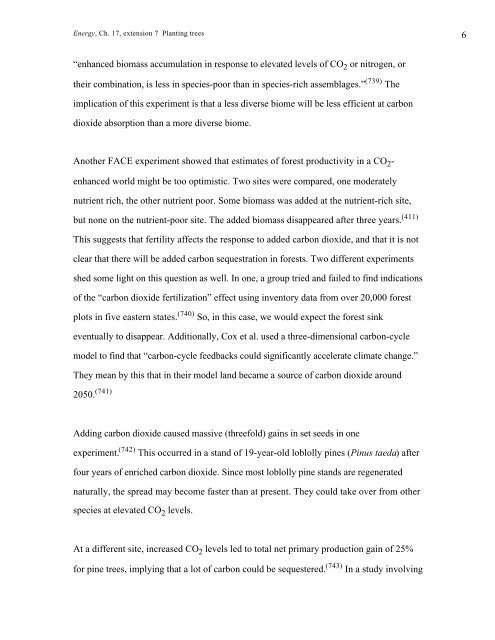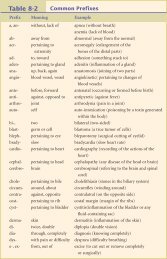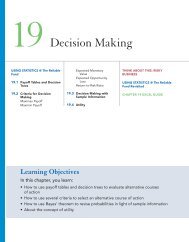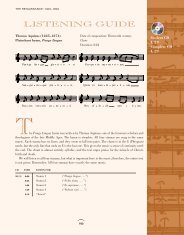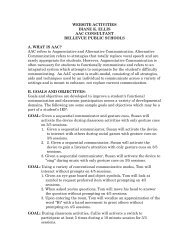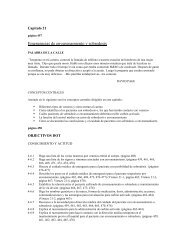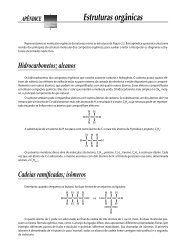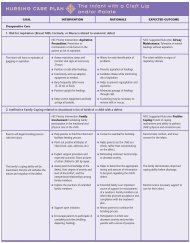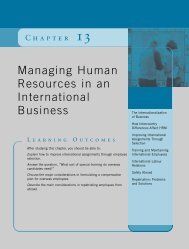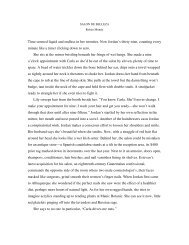Extension 17.7: Planting Trees
Extension 17.7: Planting Trees
Extension 17.7: Planting Trees
Create successful ePaper yourself
Turn your PDF publications into a flip-book with our unique Google optimized e-Paper software.
Energy, Ch. 17, extension 7 <strong>Planting</strong> trees 6<br />
“enhanced biomass accumulation in response to elevated levels of CO 2 or nitrogen, or<br />
their combination, is less in species-poor than in species-rich assemblages.” (739) The<br />
implication of this experiment is that a less diverse biome will be less efficient at carbon<br />
dioxide absorption than a more diverse biome.<br />
Another FACE experiment showed that estimates of forest productivity in a CO 2 -<br />
enhanced world might be too optimistic. Two sites were compared, one moderately<br />
nutrient rich, the other nutrient poor. Some biomass was added at the nutrient-rich site,<br />
but none on the nutrient-poor site. The added biomass disappeared after three years. (411)<br />
This suggests that fertility affects the response to added carbon dioxide, and that it is not<br />
clear that there will be added carbon sequestration in forests. Two different experiments<br />
shed some light on this question as well. In one, a group tried and failed to find indications<br />
of the “carbon dioxide fertilization” effect using inventory data from over 20,000 forest<br />
plots in five eastern states. (740) So, in this case, we would expect the forest sink<br />
eventually to disappear. Additionally, Cox et al. used a three-dimensional carbon-cycle<br />
model to find that “carbon-cycle feedbacks could significantly accelerate climate change.”<br />
They mean by this that in their model land became a source of carbon dioxide around<br />
2050. (741)<br />
Adding carbon dioxide caused massive (threefold) gains in set seeds in one<br />
experiment. (742) This occurred in a stand of 19-year-old loblolly pines (Pinus taeda) after<br />
four years of enriched carbon dioxide. Since most loblolly pine stands are regenerated<br />
naturally, the spread may become faster than at present. They could take over from other<br />
species at elevated CO 2 levels.<br />
At a different site, increased CO 2 levels led to total net primary production gain of 25%<br />
for pine trees, implying that a lot of carbon could be sequestered. (743) In a study involving


